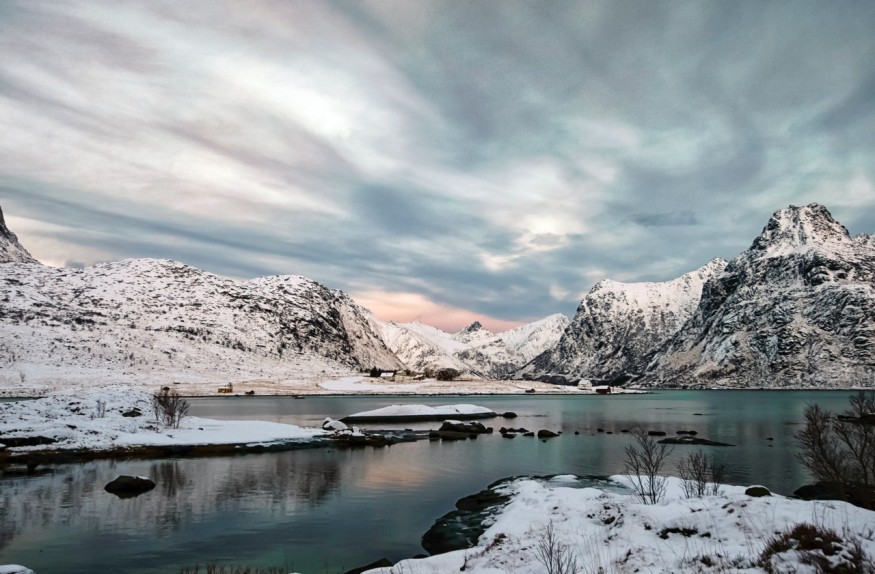Forever Chemicals or Polyfluoroalkyl and perfluoroalkyl substances (PFAS) are named as such due to their resistance to natural degradation. A study now shows how the increasing rate of Arctic ice melt is leaking the highest concentrations of forever chemicals into the environment.
What is PFAS?

PFAS, according to the United States Environmental Protection Agency, refers to a group of synthetically made chemicals, including PFOA, GenX, PFOS, and more. These types of chemicals have been manufactured and used in a wide variety of industries across the globe since the early 1940s. PFAS are highly persistent in both the environment and the human body, which means that they do not break down naturally and tend to accumulate over time.
Numerous researches show evidence that exposure to these types of man-made chemicals can lead to adverse human health effects. Some of the effects include liver, kidney, and immunological effects, reproductive and developmental issues, tumors, and increased cholesterol.
PFAS can be found in commercial household products such as nonstick products, polishes, paints, cleaning products, and more. PFAS are also used in many foods packages. In some cases, even fish and animals we eat are contaminated with PFAS.
Why is PFAS Leaking from the Arctic? And Why is it a Problem?
PFAS are man-made and don't originate anywhere near the Arctic; however, they are known to settle there. Once these chemicals find their way into the planet's atmosphere, they often become trapped in the Arctic ice flows.
Despite the fact being known in the scientific community for long, only in a worrying new study published in the journal ACS Publications, entitled "Investigating the Uptake and Fate of Poly- and Perfluoroalkylated Substances (PFAS) in Sea Ice Using an Experimental Sea Ice Chamber" suggests that concentrations of PFAS in chunks of sea ice are related to the salinity of the water. In short, as the sea becomes saltier, the concentrations of the forever chemicals get more potent.
The problem now is that as the planet warms up, the fluid cycle of freezing and melting creates pockets of highly saline ocean water that are packing PFAS into small pools. Eventually, these highly concentrated chemicals will be released into the general circulation.
Crispin Halsall, a Lancaster University, environmental chemist explains that the changing nature of the sea ice combined with earlier and erratic tawing periods could permanently alter the process of releasing pollutants and key nutrients that will significantly affect the biota at the base of the marine food web reports ScienceAlert.
Additionally, the issue stems from the Arctic Ocean being dominated by one-year ice-replacing older ice formed years ago. Young ice contains more mobile brine that interacts with snow, further increasing the concentration of PFAS contaminants.
The research is part of the EISPAC project led and organized from the UK and Germany. The team is calling for more restrictions on the future use of PFAS.
RELATED ARTICLE : Sunken Continent Theory Explains the Origin of Iceland; Could Affect Future Fuel Claims
Check out more news and information on Environment and Climate in Science Times.
© 2026 ScienceTimes.com All rights reserved. Do not reproduce without permission. The window to the world of Science Times.












